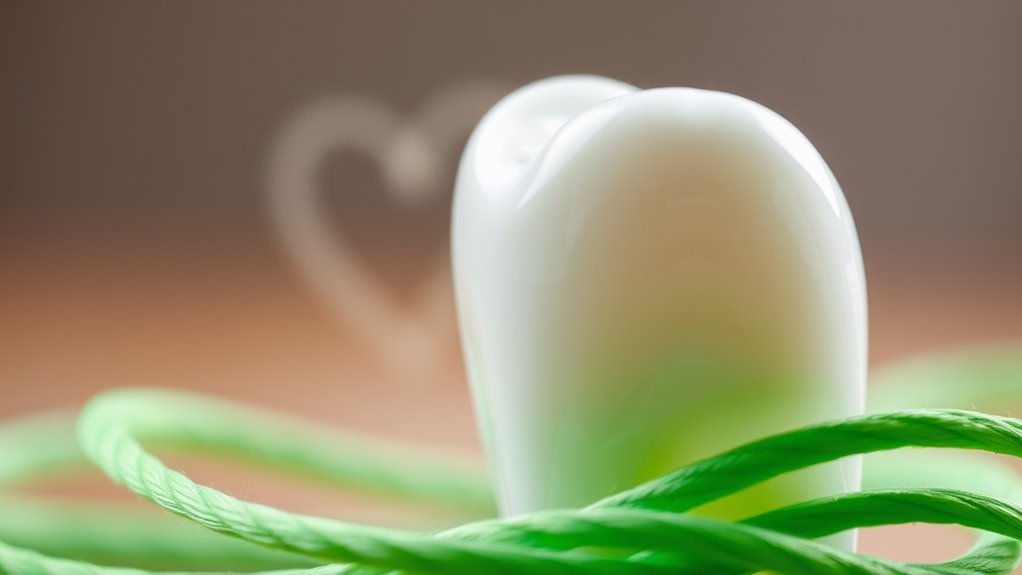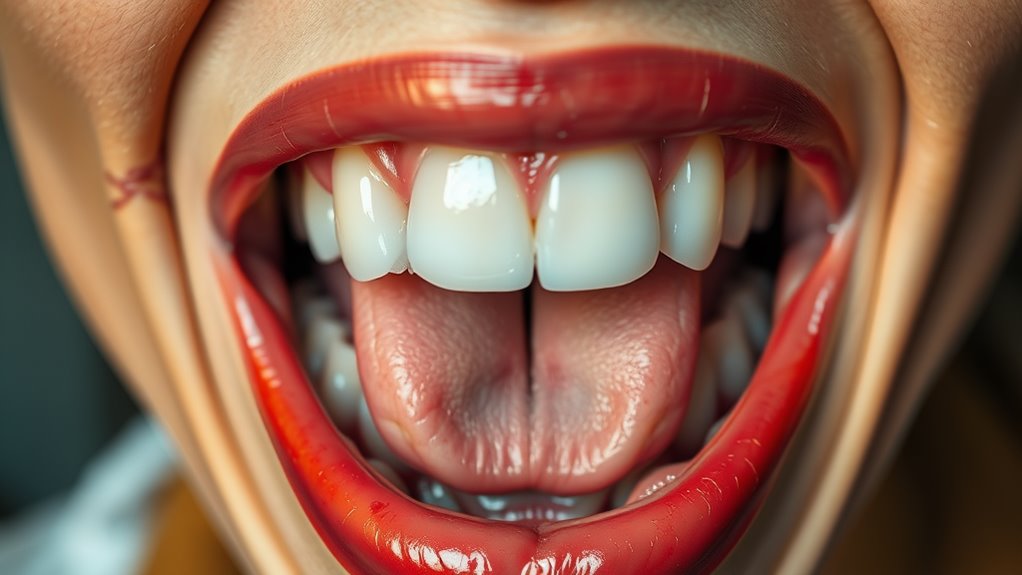What Your Tongue Says About Your Overall Health!
Your tongue’s appearance can reveal important clues about your health. A healthy tongue should be pink with a light white coating, while changes in color or texture may signal various conditions. A bright red tongue could indicate vitamin deficiencies, while white patches might suggest infections or poor hygiene. If you notice persistent changes, sores, or pain, don’t hesitate to seek medical help. Understanding these signals can help you catch potential health issues early.
Understanding the Structure and Function of Your Tongue
The tongue is a muscular organ that plays vital roles in speaking, eating, and maintaining oral health. It’s made up of eight different muscles that work together to help you taste, swallow, and form words.
The surface of your tongue contains thousands of tiny bumps called papillae, which house your taste buds. Your tongue’s four main areas detect different taste sensations: sweet at the tip, salty and sour along the sides, and bitter at the back.
The muscle fibers in your tongue run in multiple directions, giving it remarkable flexibility and precision. A healthy tongue should appear pink with a light white coating.
It’s also home to beneficial bacteria that aid in digestion and help maintain the balance of your oral microbiome.
Common Tongue Colors and Their Health Implications
While your tongue normally appears pink, variations in its color can signal underlying health conditions.
A bright red tongue may indicate vitamin B12 deficiency, scarlet fever, or Kawasaki disease.
If you notice your tongue has turned white, you might’ve oral thrush, leukoplakia, or poor oral hygiene.
A black tongue often results from medication use, smoking, or poor dental care.
Yellow coating on your tongue could point to jaundice or liver problems, while a purple or bluish tint might suggest poor blood circulation or heart issues.
A pale tongue may reveal anemia or insufficient blood flow.
If you spot any unusual color changes that persist for more than two weeks, it’s important to consult your healthcare provider for proper evaluation and diagnosis.
Texture Changes: What Different Patterns Mean
Changes in your tongue’s texture can reveal important clues about your overall health status. You’ll want to pay attention to any unusual patterns or sensations that develop on your tongue’s surface.
| Texture Pattern | Possible Cause | Action Needed |
|---|---|---|
| Smooth & Glossy | Vitamin B12 deficiency | Increase B12-rich foods |
| Bumpy & Rough | Geographic tongue | Monitor changes |
| Deep Grooves | Fissured tongue | Maintain oral hygiene |
| White Patches | Oral thrush | See healthcare provider |
| Raised Nodules | Oral cancer risk | Immediate medical attention |
The texture of your tongue should normally feel slightly fuzzy due to tiny papillae covering its surface. If you notice significant changes in how your tongue feels or looks, especially if accompanied by pain or discomfort, it’s best to consult your healthcare provider for proper evaluation.
Warning Signs That Require Medical Attention
Beyond texture changes, certain tongue symptoms demand immediate medical evaluation.
If you notice persistent pain, bleeding, or sores that don’t heal within two weeks, contact your doctor immediately. White or red patches that won’t go away could indicate precancerous conditions or oral cancer. Sudden changes in tongue movement or speech difficulties might signal neurological issues.
Watch out for severely swollen tongues, especially if breathing becomes difficult, as this could indicate a serious allergic reaction requiring emergency care.
Extreme paleness of your tongue might point to anemia, while a burning sensation could suggest vitamin deficiencies or nerve damage.
Any dramatic color changes, particularly if accompanied by fever or difficulty swallowing, shouldn’t be ignored, as they may reveal underlying systemic conditions.
Traditional Medicine’s View on Tongue Diagnosis
Throughout history, traditional medicine practitioners have relied on tongue examination as a cornerstone of diagnosis. In Chinese medicine, your tongue’s color, texture, and coating reveal insights about your internal organs and overall well-being.
You’ll find that practitioners carefully observe the tongue’s regions, as they believe specific areas correspond to different body systems.
Ayurvedic medicine also emphasizes tongue diagnosis, where practitioners examine your tongue’s appearance to identify imbalances in your doshas (body energies).
They’ll look for signs like coating thickness, moisture levels, and tissue quality.
While modern medicine may not fully embrace these traditional diagnostic methods, you’ll notice that many healthcare providers still check your tongue during routine examinations, recognizing its value as a window into your health status.
Maintaining Optimal Tongue Health and Hygiene
To maintain a healthy tongue, you’ll need to incorporate proper cleaning techniques into your daily oral hygiene routine. Use a tongue scraper or brush to remove bacteria and debris from back to front. Don’t forget to clean your tongue twice daily and rinse thoroughly with water or an alcohol-free mouthwash.
| Problem | Cause | Solution |
|---|---|---|
| White coating | Bacteria buildup | Daily scraping |
| Bad breath | Food particles | Regular cleaning |
| Dryness | Dehydration | Drink more water |
| Soreness | Vitamin deficiency | Balanced diet |
| Discoloration | Tobacco/coffee | Limit intake |
Remember to replace your tongue cleaner every three months and avoid harsh cleaning tools that might damage your tongue’s surface. If you notice persistent abnormalities, consult your dentist for professional evaluation and treatment recommendations.




